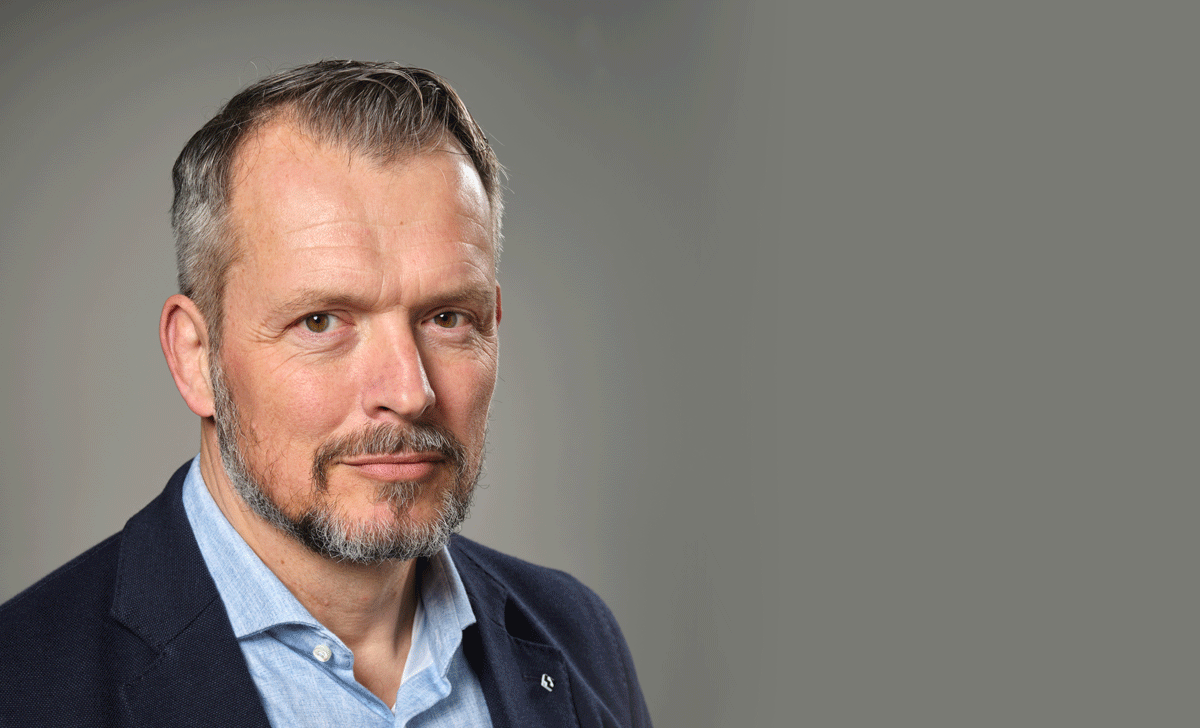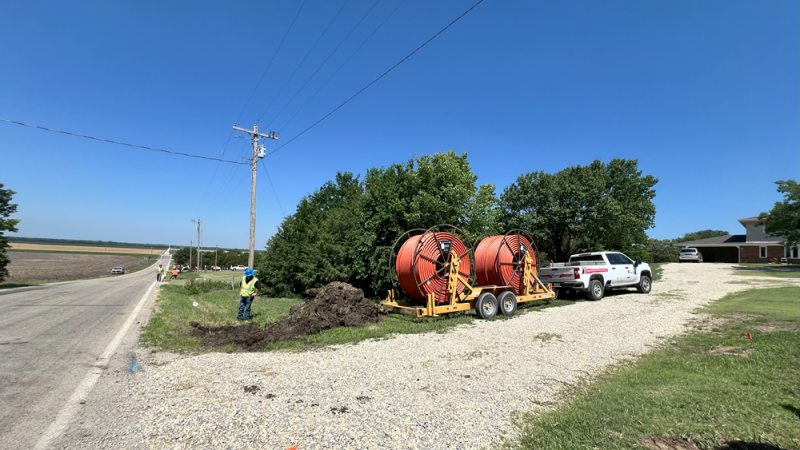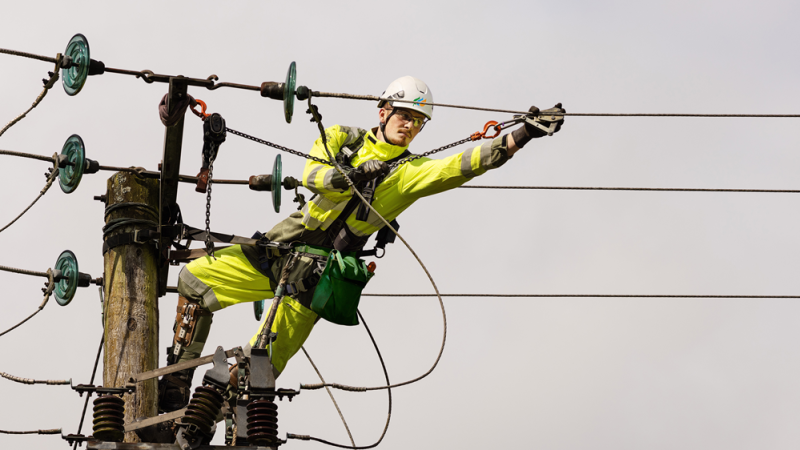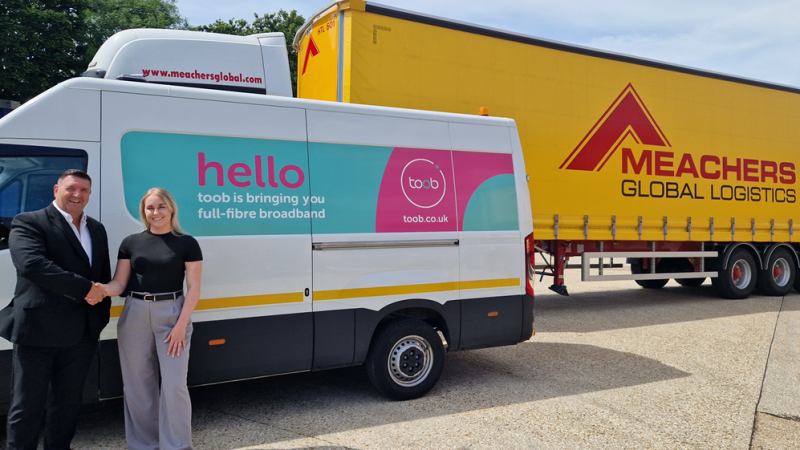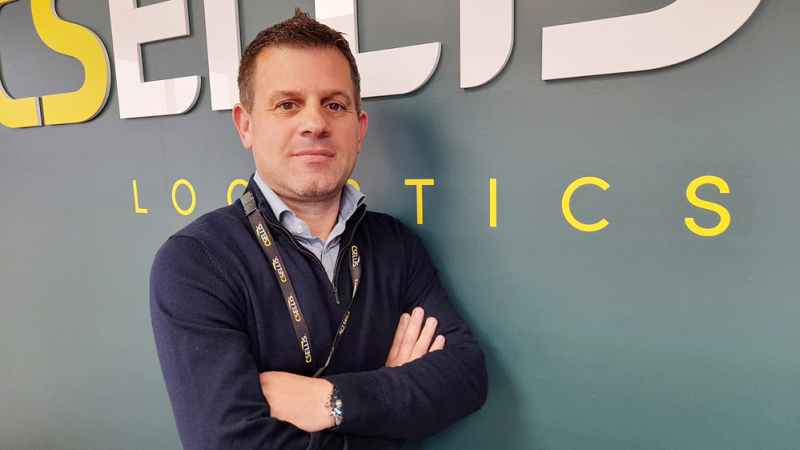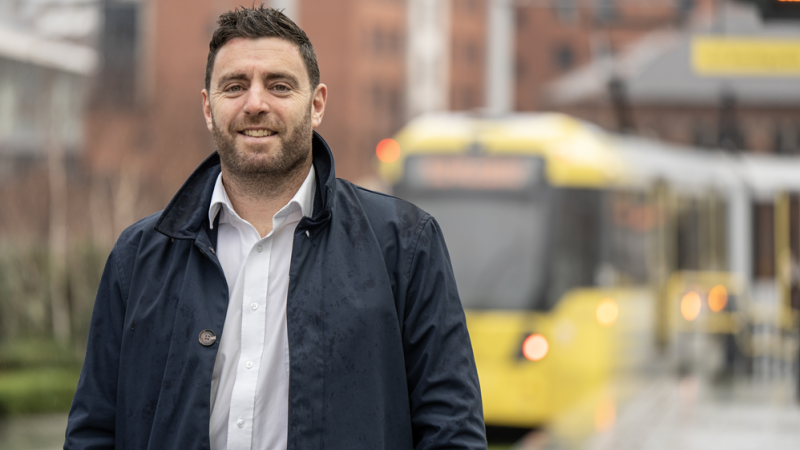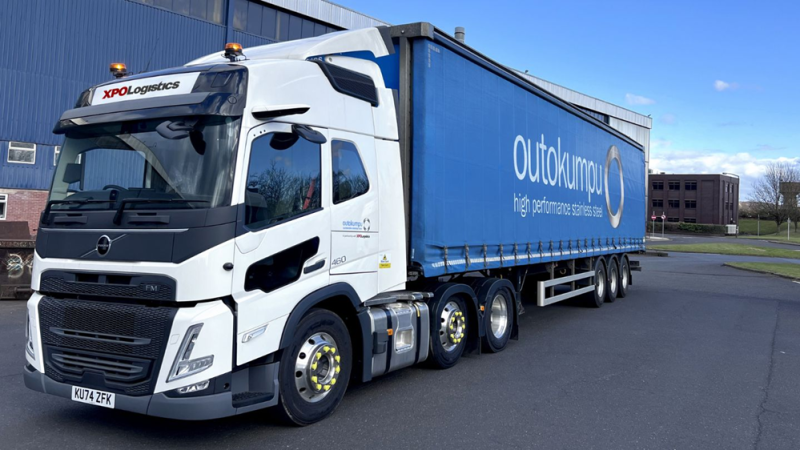APM Terminals has set itself the goal of acting as the World’s Best Terminal Company, constantly lifting the standard of its customers’ experience across 60 strategic locations around the world. Sustainability is a key part of achieving that goal, and APM is working to achieve net zero by 2040.
APM’s journey towards achieving these goals can be seen in practice with the firm’s massive expansion of the MVII terminal. The idea is to build Europe’s most advanced automated terminal, as well as the most modern, efficient, sustainable and above all, safe facility.
“We had two terminals at Rotterdam, one of which was called APM Terminals Rotterdam, which has been sold to Hutchinson Ports and is now called Hutchinson Delta II. A part of the Maersk volume is still handled at Hutchinson Delta II, once the expansion is ready that volume will be handled in the expanded facility,” explains Hans Jongejan, Project Director of the new expansion.
Before the expansion, that remaining terminal was not much to look at, with only a single kilometre of deep-sea quay space, nowhere near enough to process the entire volume it would need. Through the expansion that Jongejan is set to oversee, the terminal will double in size, not only handling the incoming volume from Hutchinson, but also freeing up reserve slots for new business.
“Due to the recently announced Gemini cooperation between Hapag Lloyd and Maersk, there will also be Hapag Lloyd volume handled in APM Terminals Maasvlakte II as of February 2025.“ Jongejan tells us.
The expansion has seen 12 new deep-sea cranes and 62 new yard cranes ordered for the facility, which will have a capacity of 2 million TEU, growing to 4 million once the expansion is completed. The facility is currently capable of carrying out 1.2 million deep-sea moves. When this expansion is complete, that figure will have doubled to 2.4 million deep-sea moves – excluding barges.
An Automated Port
All of these numbers are impressive, but the MVII terminal offers more than sheer capacity volume. It is a massive technological feat, carried out in the name of safety.
“Human staff and machines are separated during most of the work,” Jongejan points out. “Horizontal transport is automated. Cranes are remotely operated. Barge and rail cranes are the only manned cranes. When we expand the terminal and add more cranes, those will all be remote. The new rail terminal will also be fully remote-controlled, so we will only have three manned barge cranes left. Work is carried out in the safest possible way.”
Of 25 quay cranes, only three are directly operated by people. The new rail cranes will be remote-controlled as well, while the two existing rail cranes will be upgraded towards remote-controlled.
“There are almost no in-person interactions between humans and machines. If we succeed, we will be the biggest automated terminal in Europe. Beyond that, with the safety level we have in place, this is the biggest terminal of its kind,” Jongejan tells us.
Perhaps what is most surprising about this development is that the technology it is deploying is not even state-of-the-art.
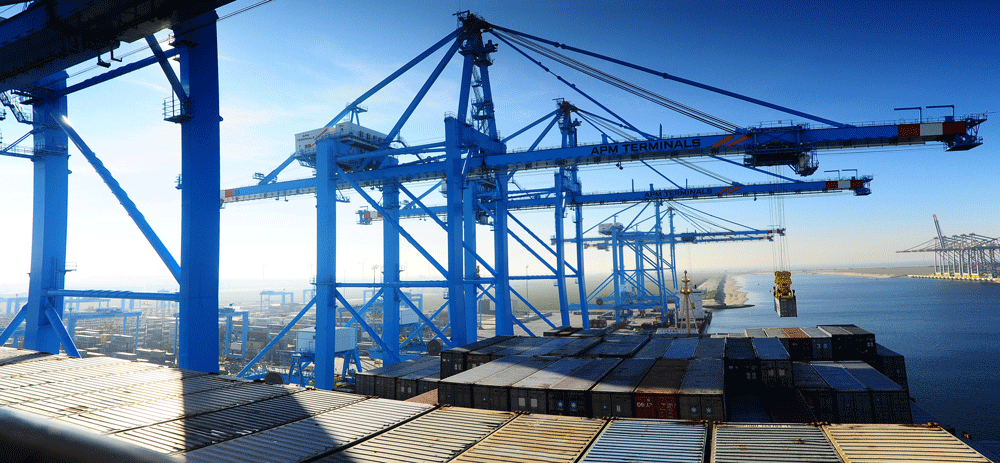
Simulating Possibilities
“It’s not really new technology. It is about the scale of the project,” Jongejan shares. “We have to deploy this technology while ensuring all the schedules keep working. We have tested it extensively even before we got approval for the investment. We built a virtual replica of the entire terminal that was even bigger than the real thing and subjected it to extensive stress testing.”
This modelling drove the investment decision that would make the terminal expansion possible, but even then APM Terminals continued to simulate and stress test scenarios to inform the development.
“We worked with PortWise, a design and simulation consultancy company that simulates scenarios like ours,” Jongejan says. “We did a number of iterations for the whole terminal to judge performance. We also carried out a big audit on the port’s IT systems and the IT governance of the organisation to see how that could be expanded.”
The planned expansion will substantially increase volume. The ambition is to develop MVII into the state-of-the-art terminal for our customers. Employment will be sustained and even grow modestly through outsourcing and centralisation. The main objective is to make our organisation fit for purpose. It is not a cost-cutting or belt-tightening plan. This allows APM to continue to put its people at the centre of its plans for the terminal.
“MVII’s costs will continue to increase in absolute terms in the years ahead. The plan is about reducing relative costs. Our aim is to handle more volume with a limited growth in the workforce. Each member of staff needs to be capable of doing a greater range of tasks within the organisation,” Jongejan explains. “People need to be educated for that, so we will extensively train and educate our people to cater to those goals.”
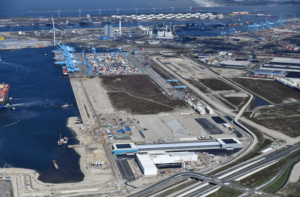 APM Terminals is also taking a precise approach to how it onboards new talent for the terminal.
APM Terminals is also taking a precise approach to how it onboards new talent for the terminal.
“We have a very specific way of searching for people. We do not look to hire the sorts of people you might typically expect. We are hiring data specialists, data analysts, and IT-specific functions, test managers,” Jongejan says. “On a conventional terminal, you would expect us to be hiring operations managers or crane drivers, but we are looking for more IT and automation-related functions as we expand the terminal. The skills add the flexibility necessary to oversee all of our assets.”
Jongejan is already pleased with the progress the expansion has made so far. Contracts for all quay and yard cranes have been signed, and when we speak with him contracts are also about to be signed for horizontal transports, with the rest of the terminal’s equipment soon to follow.
“Then all the big equipment is catered for, as is half the budget of the project,” Jongejan says. “The civil engineering tender is ongoing. We will contract a party for that around November and start early work in August or September. We expect to conclude the expansion phase in towards end-2027.”
The end result will not only be a valuable addition to APM Terminal’s portfolio, but a fantastic exemplar of how automation can improve safety for the entire industry.
